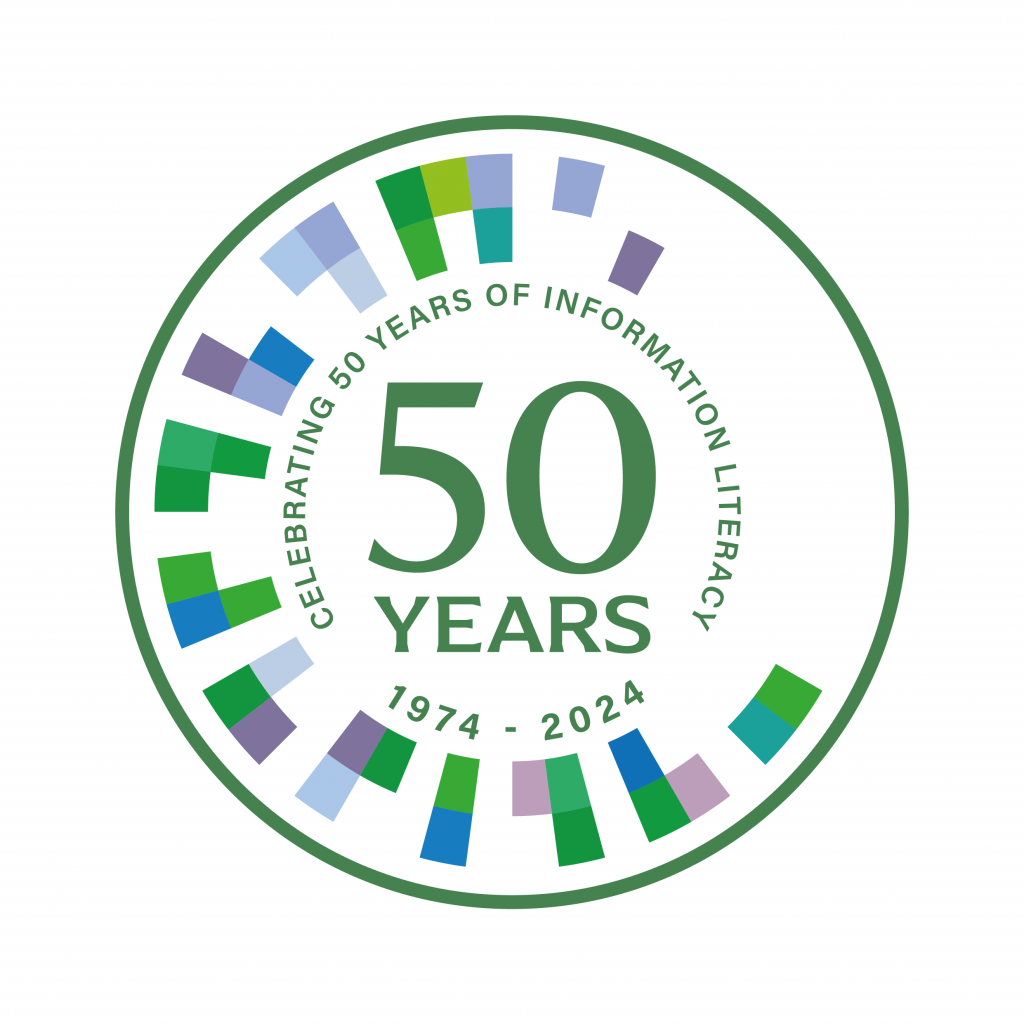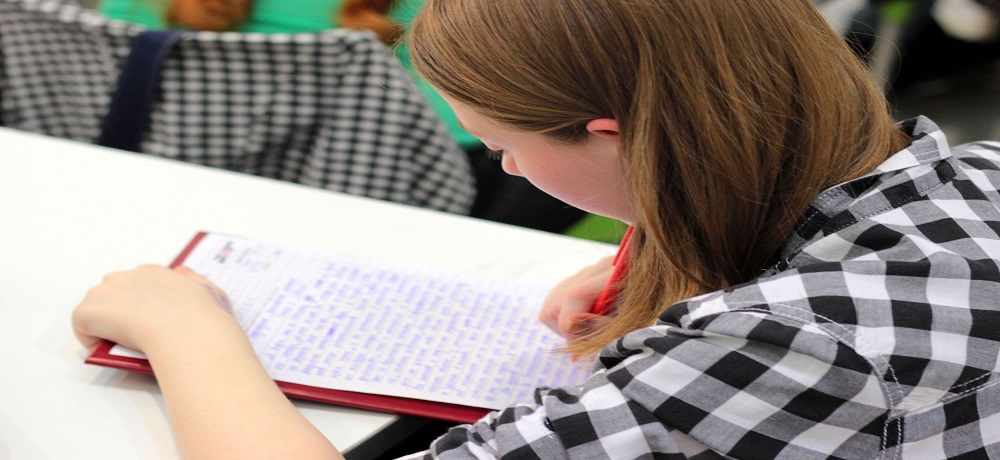In this article, Alison Hicks reflects on the growth of AI generated images and their implications in the world of authenticity and information literacy.
It’s taken me a long time to decide if I want to go here… but what the heck, let’s talk about the recent digitally enhanced royal photo. Rest assured that I have no interest in rehashing cardigan sleeve-gate or what is going on with the background plant – I’m no royalist and the whole affair is unsurprisingly tinged with double-faced standards about which public figures get to speak or be ‘forgiven.’ However, I do think there are some interesting information literacy implications that may be worth reflecting on alongside all the amateur sleuthing. One obvious connection is the link to visual literacy and how standards and work in this area help learners to address deepfakes, AI-generated images and other questions of photograph-based misinformation, particularly in the run up to the various worldwide elections this year. But, what is even more interesting to me here is how this photo challenges the tenor and the direction of much of our work on information evaluation, particularly regarding questions of institutional trust.
Information literacy education and its broader home discipline of Library and Information Science has a long history of thinking about information evaluation. From the catchy CRAAP mnemonics that emerged from collection development criteria to the most recent focus on authority within the ACRL Framework, information evaluation has gradually taken over from information search to form one of the most prominent (and perhaps most recognisable) components of information literacy work. The value of these ideas has been further revitalised through broader social concern about questions of misinformation, all of which has led to the establishment of yet more acronyms as well as the growth of (perhaps questionable) prevention strategies, including pre-exposure inoculation. Yet, throughout this work, the emphasis has consistently been on the learner- what the learner should or shouldn’t do, the evaluation techniques they should or shouldn’t adopt- rather than on the messaging or how institutions establish markers of trust, quality and integrity in the information that they create. It is this overlooked aspect of information evaluation that is foregrounded through Kensington Palace’s dodgy photo-op.
Traditionally, official or institutional information has been considered to be beyond scrutiny, with librarians encouraging learners to focus on .org and .gov sites, particularly in the early days of the internet. It was the COVID-19 pandemic, of course, that started to challenge these ideas more overtly. Evidence of censorship and paternalistic cover-ups continues to emerge from the UK’s pandemic enquiry while in the US, official COVID-19 information has been seen to reflect the social, economic, and political realities of people “with the lowest risks for complications and mortality- white, nondisabled, employed, housed, middle- to high-income American citizens with private health insurance” despite noted disparities in harm. Building on earlier Finnish work that illustrates how immigrants and refugees are frequently forced to deal with outdated, conflicting, and incomplete official information as well as perceived intimidation, these studies indicate that far from being beyond reproach, official information is as susceptible to bias and fabrication as other forms of media.
And yet, the issue that is at stake with the photo of the Wales family is whether this should be the case. Regardless of whether messaging emanates from Downing Street or Kensington Palace, I would argue that if we, as members of the general public, are to believe any forms of official information, it must be seen to uphold the highest standards of authenticity and integrity; trust is earnt rather than assumed. This is particularly the case when photos are being used to dampen down a crisis; while photoshopping may be a normal, everyday activity for every other user of Instagram, access to research and technology means that even the slightest hint of manipulation makes it hard to believe anything that is shared. COVID-19 gaslighting has already arguably irrevocably damaged the relationship between the general public and institutional bodies in the UK. I would further argue that these issues are only intensified when historical records are at stake; certain records need to be accurate, even when they are ‘merely’ representing the humdrum domesticity of commercialised family holidays.
So, where does this leave information literacy? Nothing that I have said so far is particularly new – I mean, there is even a LinkedIn page offering useful advice about how to build media trust and credibility. What is different, however, is how this incident focuses attention on the important role that information sources themselves play in enabling (and constraining) information evaluation. In effect, information evaluation cannot just be seen as an individual skill that hinges on personal responsibility. Instead, the doctored photo illustrates that information evaluation is also made possible through the presence of organisational and structural features that reinforce transparency, including date stamps or a clear indication of edits and updates. Flipping the information literacy script by illustrating how maintaining a working information ecosystem is also the duty of information creators rather than just up to the audience, an emphasis on information objects may also suggest that continuing to drill learners in (largely ineffective) assessment techniques damages information literacy efforts by imbuing people with a false sense of confidence in their ability to manage opaque information structures. Instead, perhaps we should also be talking to learners about the limits of information evaluation, including how and when markers of authenticity are baked into the design of official communications, the ways in which we might prioritise action alongside interpretation, and what impact these measures might have upon broader questions of public integrity. While it may not be possible to control how institutional information is received (and people must always have agency to reject or resist these sources of knowledge), the addition of this context would extend a more complex understanding of how information evaluation happens. And, if this is what might come out of a blurred knee and a mismatched zipper then I, for one, would be very happy.



